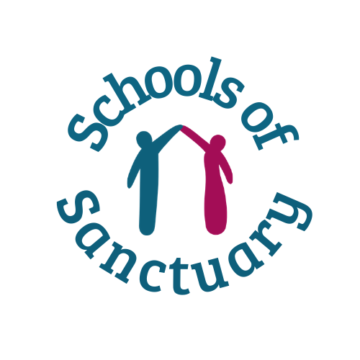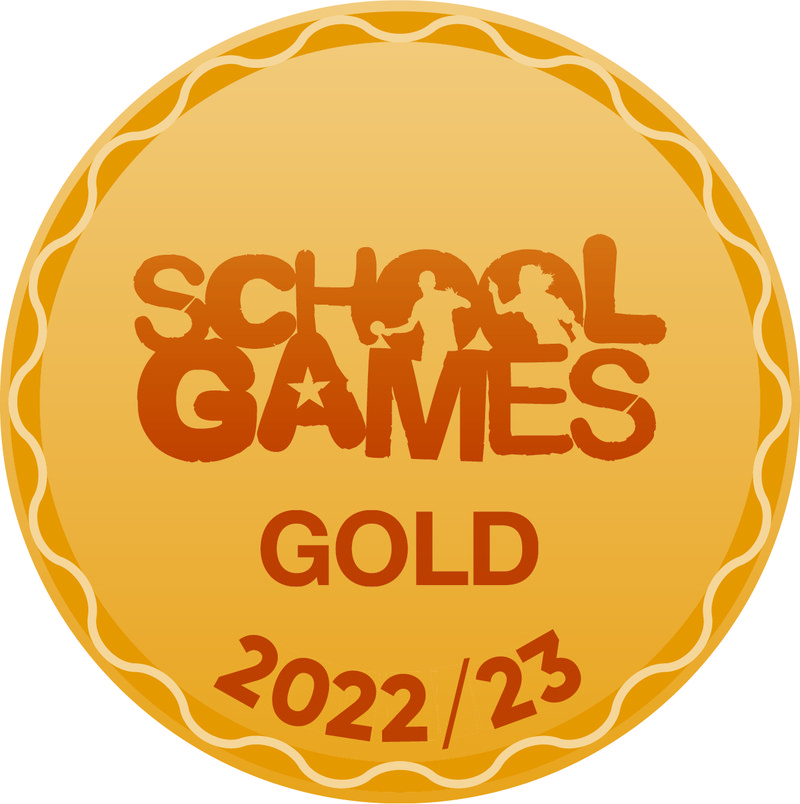Writing
Intent
We strive to give our children the best start in establishing secure foundations in writing. Our primary intent is to create avid readers which we believe is the foundation for any great writer. We foster automaticity in transcriptional skills while a huge amount of high quality reading and motivation supports cohesion and creativity. We recognise the importance of nurturing a writing culture; creating writers and story-tellers who take pride; write clearly and accurately; and select and adapt language and style to suit a range of contexts, purposes and audiences.
Using the Talk for Writing approach, we plan engaging units of work in order to enthuse, inspire and motivate our children, which are underpinned by core texts from our carefully developed reading spine.
It is our intention that by the end of their primary education, all of our pupils will be able to speak and write fluently so that they can communicate their ideas effectively and with a developed awareness for purpose and audience. We aim to centralise talk within our curriculum both in English and beyond so that children quickly develop in confidence whilst embedding their core communication skills and subsequently develop as articulate citizens.
Implementation of Transcriptional Development
No-Nonsense Spelling
From year two onwards, our children receive regular teaching of spelling through the No-Nonsense scheme. The programme builds on phonics teaching by supporting children to understand morphology, spelling strategies, orthographic nature of words, patterns and word origins.
Nelson Handwriting
The Nelson Handwriting scheme is a structured programme that allows our pupils to learn the technical aspects of writing.
Implementation of Compositional Writing Development through Talk for Writing
Talk for Writing is the developmental exploration through talk, of the thinking and creative process involved in being a writer. By focussing on the oral retelling of various text types, familiar structures become fully embedded in the long term memory so that the children can later apply these structures to their own writing whilst developing the language techniques taught for the particular area of focus. For example, children may be writing using the structure of a portal story whilst developing their understanding of what makes an effective setting description.
Core quality texts, from our well-developed reading spine, stand at the core of our English planning where we strive to intrinsically integrate the teaching of reading and writing. Children engage deeply with carefully selected texts as we foster their ability to: read as readers, read as writers and finally become independent writers and story-tellers.
The primary aim of the reading spine is that we expose the children to a range of high quality literature over the course of their primary school life. In this way, we are able to assist the children in their development of a rich vocabulary and of texts which are written with careful precision to captivate their audience. Teachers create model texts for specific writing units which aim to build the child’s narrative storehouse as well as demonstrate the language techniques which are to be taught and developed.
During each writing unit, our children are guided through the processes of: Imitation; Innovation and Independent Application; we believe in using great writing models as well as being great writing models.
Units of work are personalised to the class needs through a baseline assessment where teachers are able to identify whole-class targets for the development of grammatical writing skills. Daily target teaching is then planned within the writing unit to ensure children are given sufficient time to deliberately practise and demonstrate their development in skill, in the context of the chosen story type and writing focus.
Imitation: Throughout a writing unit, the writing focus will be developed through internalisation and contextualisation of a model where children deepen their understanding of a particular text type. During this stage, children deepen their understanding of the text through various techniques such as: drama, comprehension, role-play and small-world.
Carefully planned word, sentence and grammar play as well as ‘short-burst writing’ and ‘target-teaching’ throughout, allows teachers to teach and model writerly knowledge and grammar and supports children to develop, play with, manipulate and bank language daily.
During the imitation stage the class will spend time exploring other text examples through wider whole-class reading and will also co-construct a ‘tool-kit’ for purposeful writing.
Innovation: Once children have deeply embedded the structures and techniques of the model text(s) as well as developed their writing towards targets, they move onto the innovation stage. Here, the whole class are guided through the process using shared writing. The level of innovation will depend on the age and stage of the children.
Writing is always modelled by the teacher through shared-writing sessions and daily feedback ensures that children make sufficient progress.
In EYFS and Y1, children begin to innovate texts with simple levels of innovation such as substitution and in later years move towards more complex innovations such as a change in viewpoint; writing a sequel or blending story patterns. Where children are not yet ready to write down their innovations, they will rehearse, internalise and re-tell their stories and recounts orally.
Throughout Nursery and Reception, we place a greater emphasis on the imitation stage – ensuring our children successfully learn and embed each and every model text while achieving a basic level of comprehension. This is achieved through daily taught sessions where teachers guide the children towards independent oral re-telling of the text as well as carefully planned and well-matched provision activities which allow the children to deepen and embed their learning throughout independent provision and focus groups.
In readiness for Year One, we are ambitious in our drive to move children from oral re-telling to writing as soon as possible.
Independent Application: At the end of the writing unit, once children have moved through the stages of imitation and innovation, developing their narrative storehouses, vocabulary banks and grammatical competence, they complete an independent application task in order to fulfil a planned purpose.
For children who are not writing, oral re-telling is recorded for assessment purposes. Here, children use and apply the writing and language skills they have acquired in an effort to ‘show-what-they-know’. Teachers are then able to assess the writing progress for the unit as well as create a series of next-steps for their class.
How is writing supported and enabled through EYFS provision – ensuring all children are ready for Year One?
Children build foundations for writing through development in the three prime areas: communication and language; physical development and personal, social and emotional development. They are also supported to strengthen and apply these areas through the specific area of Literacy.
The Early Years environment is underpinned by the development of children’s spoken language. A language-rich environment, quality conversations and the systematic building of a narrative storehouse will build language effectively. Talk for Writing sees our children engaging actively in story, rhyme, poetry and non-fiction and provides extensive opportunity for them to re-tell, share ideas, innovate and invent with teacher support and modelling.
Our enabling environment alongside adult support, ensures that both gross and fine motor skills are developed. We understand the importance of core strength in the physical skill of handwriting and support all of our children towards the early learning goal of holding a pencil effectively – using the tripod grip in almost all cases.
The specific area of Literacy is supported first through the school’s commitment to develop life-long readers. Discrete phonics and handwriting lessons help our children to transcribe effectively and the composition of writing is enhanced using the whole-school Talk for Writing approach – equipping our children with the experience, imagination and creativity required to articulate ideas and structure first in speech, before writing.
We recognise the milestone of entering KS1 as one that places high demands on our children and as a result, we tailor our curriculum to carefully nurture and support this transition period. This includes the emphasis in EYFS to ensure children are ready for Year One as well as a careful transition through the Autumn Term in Year One where the provision for enabling writing may reflect a combination of EYFS and KS1 practices and strategies.
How do we plan for progression in writing?
We believe that children need to develop a secure knowledge-base in literacy which follows a clear pathway of progression as they advance through the primary curriculum. Teachers therefore plan ensuring a model of progression is sustained throughout school. In this way, children progressively develop their writing of different genres year on year, building on and deepening their writing skills.
Our Long Term Plans ensure a range of fiction and non-fiction genres year on year which may be influenced by the core text and/or other curriculum learning. When planning particular units of work, teachers will use their subject knowledge about the end of year expectations for the year group they teach, alongside our ‘Progression in Writing Document’ and ‘Pie Corbett’s Toolkits’ to ensure pitch is high. Model texts should always be aspirational; they should demonstrate the level of writing expected from the children whilst exposing them to the higher standard and a range of writerly tools which are specific to the writing focus. Documents used in the planning process are:
- Reading Spines and Long Term Plans
To ensure children receive wide and varied reading miles across school; to ensure coverage of literature and text types.
- Writing Assessment Grids by Year Group
To ensure coverage of grammar across the year; to ensure expected and higher standard of writing is taught and modelled to children.
- Planning for Progression in Writing:
To ensure coverage of grammar across the year; to ensure expected and higher standard of writing is taught and modelled to children; to ensure ambition; model texts must reflect the higher standards listed here; to ensure appropriate progression from prior year groups.
- Talk 4 Writing Toolkits: (found in textbooks):
To teach writerly tools in line with year group/area of focus.
EYFS Writing Curriculum KS1 Writing CurriculumKS2 Writing Curriculum
Whole School Writing Progression









